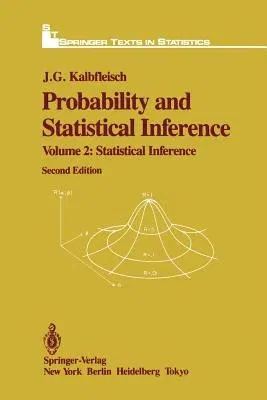J G Kalbfleisch
(Author)Probability and Statistical Inference: Volume 2: Statistical Inference (1985. Softcover Reprint of the Original 2nd 1985)Paperback - 1985. Softcover Reprint of the Original 2nd 1985, 1 October 2011

Qty
1
Turbo
Ships in 2 - 3 days
In Stock
Free Delivery
Cash on Delivery
15 Days
Free Returns
Secure Checkout
Part of Series
Springer Texts in Statistics
Print Length
360 pages
Language
English
Publisher
Springer
Date Published
1 Oct 2011
ISBN-10
1461295793
ISBN-13
9781461295792
Description
Product Details
Author:
Book Edition:
1985. Softcover Reprint of the Original 2nd 1985
Book Format:
Paperback
Country of Origin:
NL
Date Published:
1 October 2011
Dimensions:
23.39 x
15.6 x
1.98 cm
ISBN-10:
1461295793
ISBN-13:
9781461295792
Language:
English
Location:
New York, NY
Pages:
360
Publisher:
Series:
Weight:
530.7 gm

